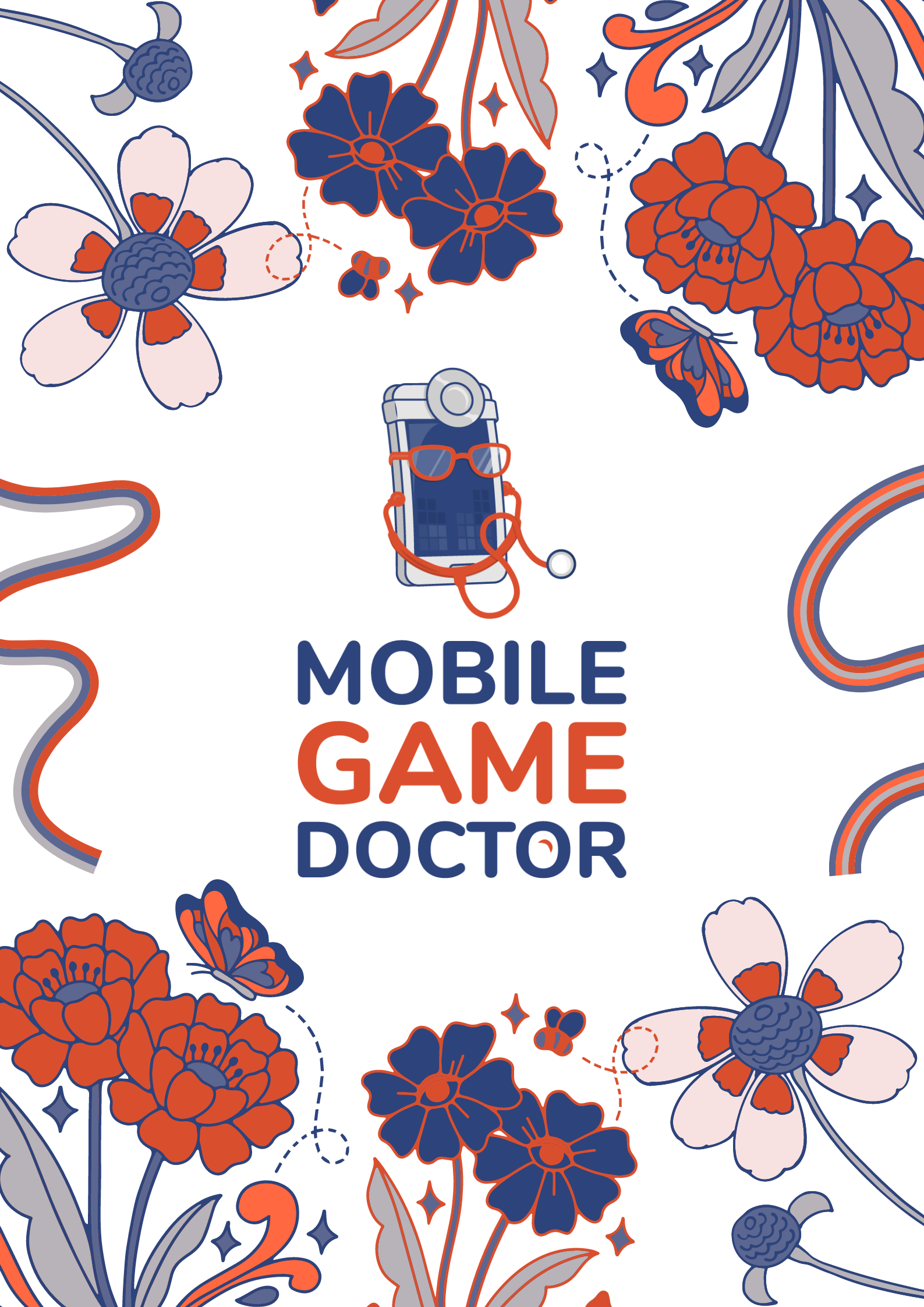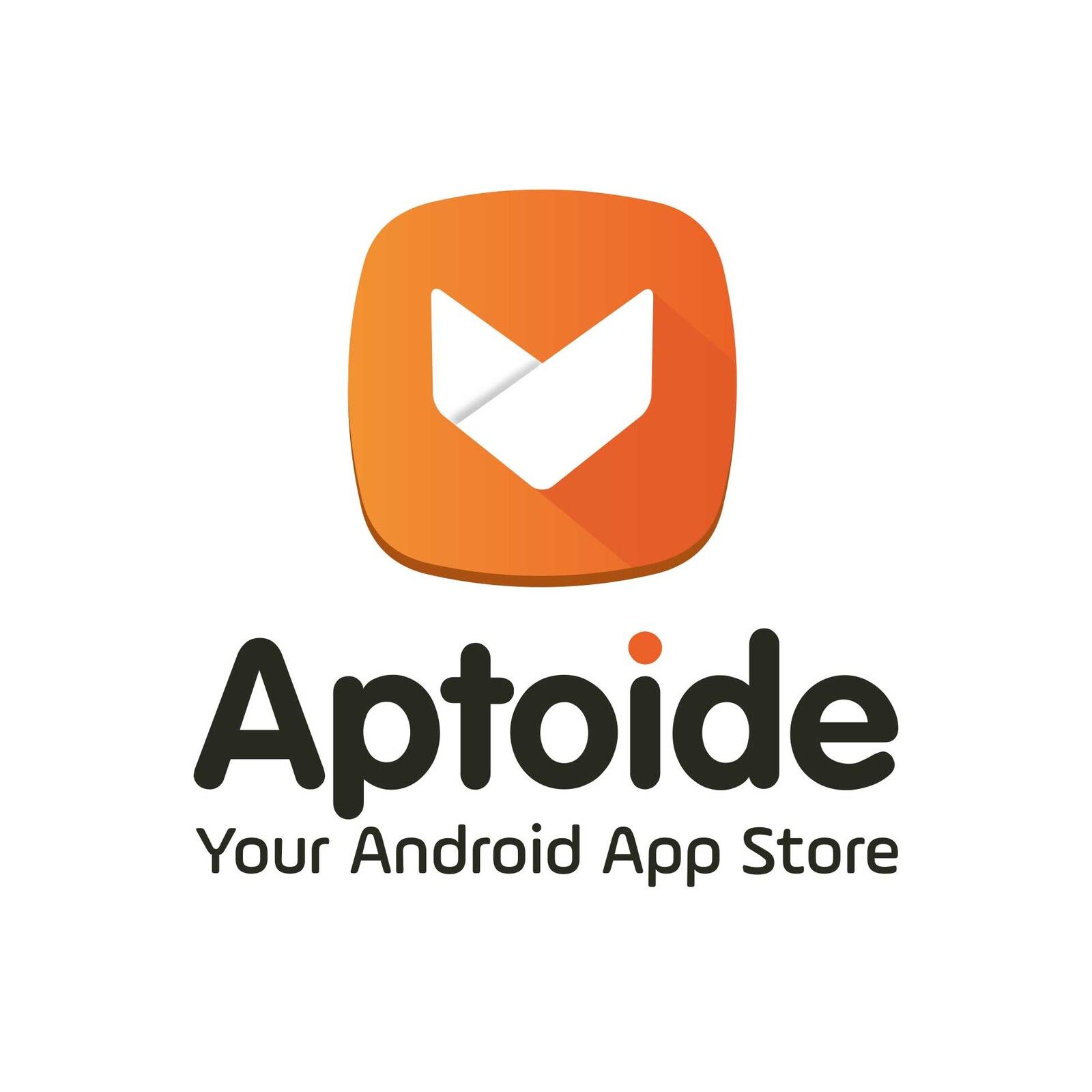Community Management Dos and Don’ts
Whether you’re an aspiring community manager, working with community managers, or someone who frequently participates in online communities, this blog is for you. It provides insights and tips on building and sustaining an online community, while also helping you avoid common mistakes and burnout that can come with managing an engaged community. Whether you’re developing a game or product, or simply looking to foster a sense of community around a shared interest, this blog will provide valuable guidance and support.
In today’s digital age and as paid UA becomes more difficult, creating a loyal and vibrant community around a game or product is the key to success. However, managing an online community comes with its own set of challenges, such as toxicity, marginalization, and burnout.
When managed well, a community can foster a sense of belonging and loyalty among its members, leading to increased retention and growth. However, it’s important to approach community management with care and attention, as neglect or mishandling can lead to conflict which can ultimately drive users away. A successful community requires dedication, openness, and a willingness to listen to and engage with members. When done right, the benefits of a strong community can be immense, providing a wealth of insights and content that can help drive success for your game. If your players feel connected to a community they will retain longer, stay more engaged, provide important insights and feedback, and even create content that will bring in new players.
So, join us on this journey of understanding and learning the do’s and don’ts of community management.
Community Do’s
Building a healthy and engaged community requires a strategic approach and a deep understanding of the audience. It requires dedication, time, and effort to design a community space that facilitates a positive and sustainable relationship with your fans. Here are some do’s for community management that can help you achieve this goal:
Establish Clear Rules and Guidelines
The first and most important step in community management is to establish clear rules and guidelines for your community. Your community members should know what is and isn’t acceptable behavior in your community. These rules and guidelines should be easily accessible and understandable for everyone.
For example, you could create a set of guidelines addressing issues such as bullying and hate speech. You could also implement a system of warnings or temporary bans for violators of these guidelines. By setting clear expectations, you can avoid misunderstandings and reduce the risk of toxic behavior in your community. Additionally, having a clear code of conduct can help you moderate your community more effectively and ensure that everyone feels safe and welcomed.
By enforcing clear rules and guidelines, you can foster a positive environment for all members of the community.
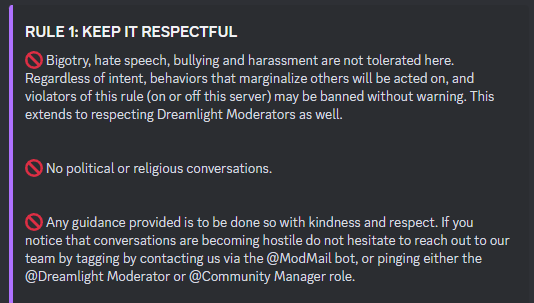
Foster a sense of belonging and inclusivity
To foster a sense of belonging, inclusivity and safety for all members, create a safe and welcoming space by having clear and accessible community guidelines that outline what behavior is and isn’t acceptable in the community, enforcing them consistently to ensure a positive and respectful environment. Additionally, encourage members to share their experiences and perspectives through various means such as forums or live chat sessions. You can also celebrate cultural events that are important to your community members by hosting in-game events or highlighting them in your newsletter. By promoting inclusivity and creating a sense of belonging, you can build a healthy and engaged gaming community where all members feel valued and respected.
It’s important to ensure that new users feel welcomed within your community, which means creating a safe and inclusive environment that is welcoming to all members. You can do this by actively promoting inclusivity and diversity within your community, and celebrating cultural events that are important to your members. Additionally, consider providing resources and support to help all members feel welcome and supported.
By fostering a sense of belonging and inclusivity, you can build a strong and engaged community that attracts new members and retains existing ones. This can help to drive growth and success for your game, while also creating a positive and welcoming space for all members to connect and engage with one another.
Communicate openly and transparently
Effective communication is key to building trust and loyalty among your community members. Keep your community updated on the latest developments and changes, and respond to their feedback and concerns in a timely and respectful manner. Be transparent about your goals, values, and decision-making processes, and involve your community in the decision-making whenever possible.
To enhance communication and build trust with your gaming community, consider creating a monthly newsletter that includes updates on upcoming game releases, bug fixes, and new features. Additionally, responding promptly and respectfully to member feedback and concerns through Q&A sessions or dedicated feedback channels can help foster a positive and engaging environment. Involving your community in significant decisions, such as changes to the rules or the introduction of new features, can be accomplished through tools like polls or surveys, promoting transparency in your decision-making processes. By prioritizing open and transparent communication, you can build a stronger, more engaged community with trust and loyalty, which keeps members of the community engaged longer.
Promote creativity and engagement
One of the primary advantages of creating a community centered around a game is the potential for imaginative expression and active engagement – this is where your community can generate memes and other UGC that help show off the vibrancy of your game’s community, and attract others. Encourage your members to share their creative works, such as fan art, fan fiction, and other content, and exhibit their creations on your official platforms. Plan contests, events, and other activities that involve your community and appreciate and acknowledge their contributions.
You could create dedicated spaces on your official platforms for members to showcase their creations, such as a gallery of fan art or a forum for fan fiction. Another way to involve your community creatively and increase engagement, is to create TikTok challenges related to your game or brand. You could also plan contests, events, and other activities that involve your community and reward their creativity and engagement. By highlighting and celebrating the creative contributions of your community members, you can build a stronger and more engaged community that feels valued and appreciated.
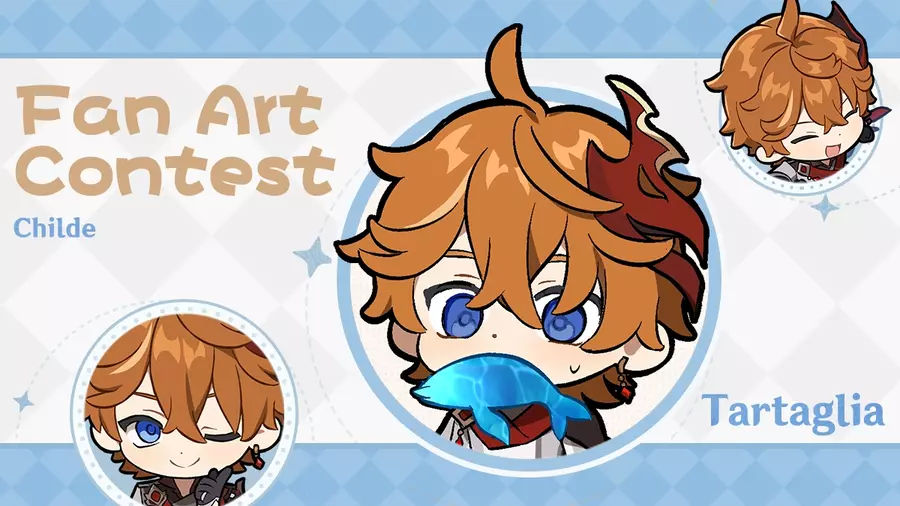
Building a healthy and engaged fandom requires a mix of strategy, communication, and empathy. By establishing clear rules and guidelines, fostering open communication, creating meaningful engagement with your fans, prioritizing inclusivity and diversity within your community, and prioritizing mental health and wellness among your fans, you can create a sustainable community that will support and sustain your game or product over time. Remember: it takes time and effort to build a healthy community; but it’s worth it in the long run because by investing in your community, you’re investing in the long-term success of your game or product.
Community Don’ts
While there are many things you should do as a community manager to maintain a healthy online community, there are also some key don’ts that can lead to problems in your online community. Here are some of the most important community don’ts to keep in mind:
DON’T Use your social pages for one-way communication
This means only using your social media pages to share information with your fans, without actively engaging with them or responding to their comments and messages.
While it’s important to share updates and information with your fans, it’s equally important to engage with them and foster a sense of mutual respect. This means responding to comments and messages, asking for feedback and suggestions, and generally making your fans feel heard and valued.
When you neglect to engage with your fans in this way, it can lead to a sense of alienation and disconnection. Fans may feel like they’re not being heard or valued, which can ultimately lead to disinterest and disengagement from your community.
To avoid this community “don’t”, make sure that you’re actively engaging with your fans on social media. Respond to comments and messages in a timely manner, ask for feedback and suggestions, and generally foster a sense of community and connection. By doing so, you’ll be able to build a loyal and engaged fanbase that will support your game and your community for years to come.
DON’T Break company voice & brand standards
Another important community “don’t” is breaking company voice and brand standards. Your brand, its voice and visual identity are a critical aspect of your game’s reputation and relationship with fans, who may feel confused or let down if they encounter something inconsistent from what they expect. However, staying true to your brand identity can also have benefits beyond your game. When your community feels a connection to your brand, they may be more likely to support other games or products promoted under the same banner. A great example of this is Riot Games, which has successfully leveraged the community surrounding their flagship game, League of Legends, to promote other games to the same audience. Building brand loyalty is another valuable outcome of a strong and engaged community.
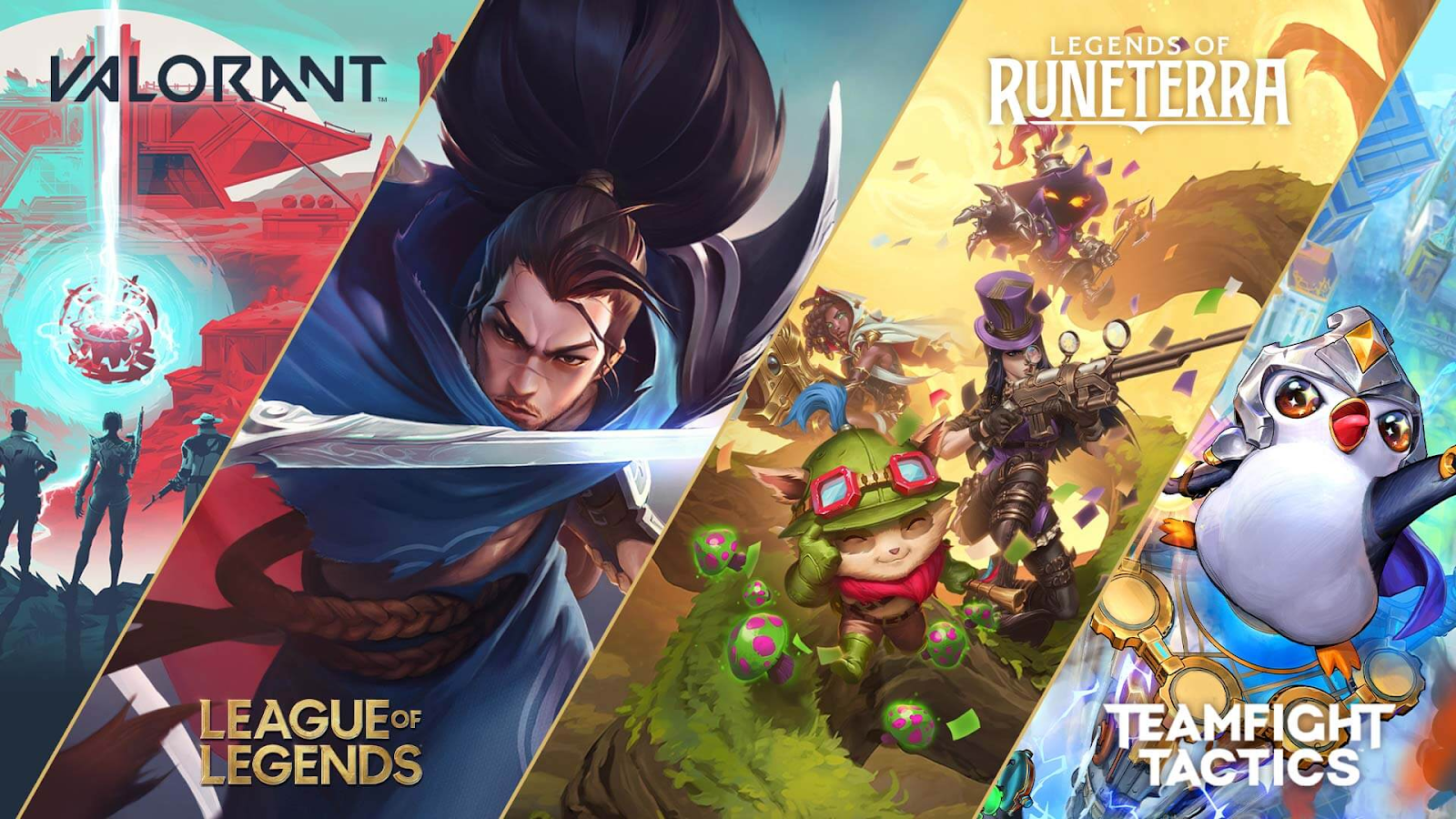
To avoid this problem, establish clear guidelines and standards for your brand’s voice and visual identity, making sure they’re communicated clearly to everyone on your team or working on behalf of the company.
Breaking company voice and brand standards can lead to confusion and disengagement from fans. When your messaging and visuals are inconsistent or unclear, it can be difficult for fans to understand what your game is all about, and why they should care about it. The inconsistency in a lack of visual identity can shake fans confidence about your game, which can ultimately lead to a lack of engagement and support for your game and its community. By adhering to clear brand standards and guidelines, your brand will look more professional and reliable, and you’ll be able to build a strong and consistent identity for your game, and communicate that identity effectively to fans. This will help build trust and loyalty with fans, which leads to an engaged community that supports the game over time.
Creating a brand guide is crucial for maintaining consistency across all channels and ensuring that your game’s identity is reflected accurately. A brand guide serves as an instructional manual that outlines the guidelines for how your brand should be communicated, and it should outline your game’s voice, tone,and visual identity, including logos, color schemes, typography, and imagery. Developing a consistent visual identity and adhering to clear brand standards is crucial in building a professional and recognizable brand that fans will come to trust. To help you achieve this, we will be producing a guide in the future on how to create a strong brand identity.
DON’T leave social media comments and messages unanswered
Social media is one of your primary tools for community engagement, and in order for it to be effective it’s essential that you are responsive to your fans’ questions, comments, and concerns. When you ignore your fans’ messages, it can lead to frustration, disengagement, and ultimately harm your game’s reputation. Fans will have fewer reasons to keep up with a social media account that ignores them and gives them nothing in return for following.
To avoid missing social media comments and DMs, it’s important to establish clear guidelines and procedures for managing your social media channels. This includes assigning dedicated team members to monitor and respond to comments and DMs, as well as establishing a clear response time policy for when fans should expect to receive a reply.
Additionally, make sure that your team is equipped with the tools and resources necessary to effectively manage your social media channels. This includes things like social media management software, response templates, and training on best practices for engaging with fans online. Even hostile or negative comments need a constructive and courteous response – responses that help angry users understand or fix their problem are ideal, at worst you will at least be seen trying to help.
Not answering social media comments and DMs can lead to missed opportunities for engagement with your fans. When you respond to fans’ messages, you show that you value their feedback and are invested in building a strong relationship with them. This can lead to increased engagement, loyalty, and support for your game and its community.
Establishing clear guidelines and procedures for managing your social media channels and prioritizing responsiveness can help foster a more engaged and connected community. By regularly engaging with your fanbase and responding to their comments and concerns, you can build a stronger relationship with them and create opportunities for feedback and collaboration. This not only shows that your company is listening to its fans but also demonstrates a commitment to working together to create a better product or service. Ultimately, this back-and-forth dialogue can help create a more supportive and loyal community, as members feel valued and connected to the brand.
Don’t let your community become stagnant.
Finally, it’s important to keep your community fresh and engaging over time. This means introducing new content and activities, responding to member feedback and suggestions, and generally keeping things interesting and dynamic. Neglecting this aspect of community management can lead to boredom and disconnection among members, which can ultimately lead to the community’s demise.
To keep your online gaming community active and engaged, regularly introduce new content and activities. For example, you could organize weekly gaming tournaments, host game nights online, and even create new channels on Discord or groups on Facebook for members to share and discuss their favorite parts of the game.
You can also actively seek out member feedback and suggestions on what they would like to see in the community and incorporate their ideas where possible. Additionally, consider partnering with other communities your players are interested in to bring in new perspectives and foster collaboration. By keeping your community dynamic and engaging, you can prevent boredom and burnout among your members, ensuring that it continues to thrive over time.
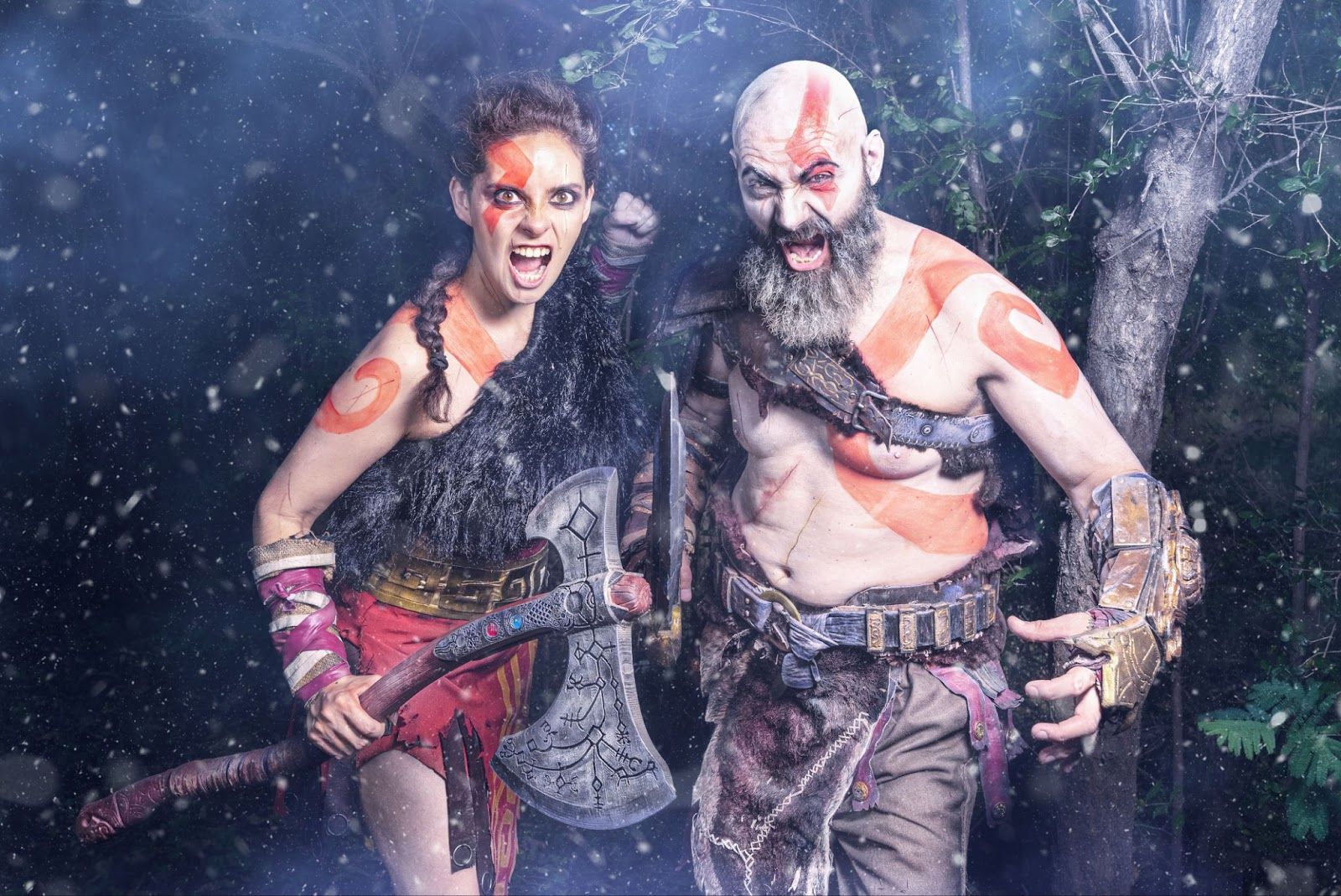
Community management is a critical aspect of building and maintaining a successful online gaming community. When done well, it can help foster engagement, build loyalty, and promote a healthy and sustainable relationship between game developers and their fans. However, there are also many common pitfalls and mistakes that can lead to a damaged reputation.
From establishing clear guidelines and expectations for your community, to prioritizing responsiveness and avoiding one-way communication, there are many strategies that can help you build a strong and engaged fanbase. Similarly, by avoiding common mistakes like breaking company voice and brand standards or ignoring social media comments and DMs, you can circumvent many of the common pitfalls that can harm your community.
Ultimately, successful community management requires a deep understanding of your fanbase and a commitment to engaging with them in a meaningful and authentic way. By following these do’s and avoiding these don’ts, you’ll be better equipped to build a thriving online gaming community that fosters engagement, loyalty, and support for your game and its community.



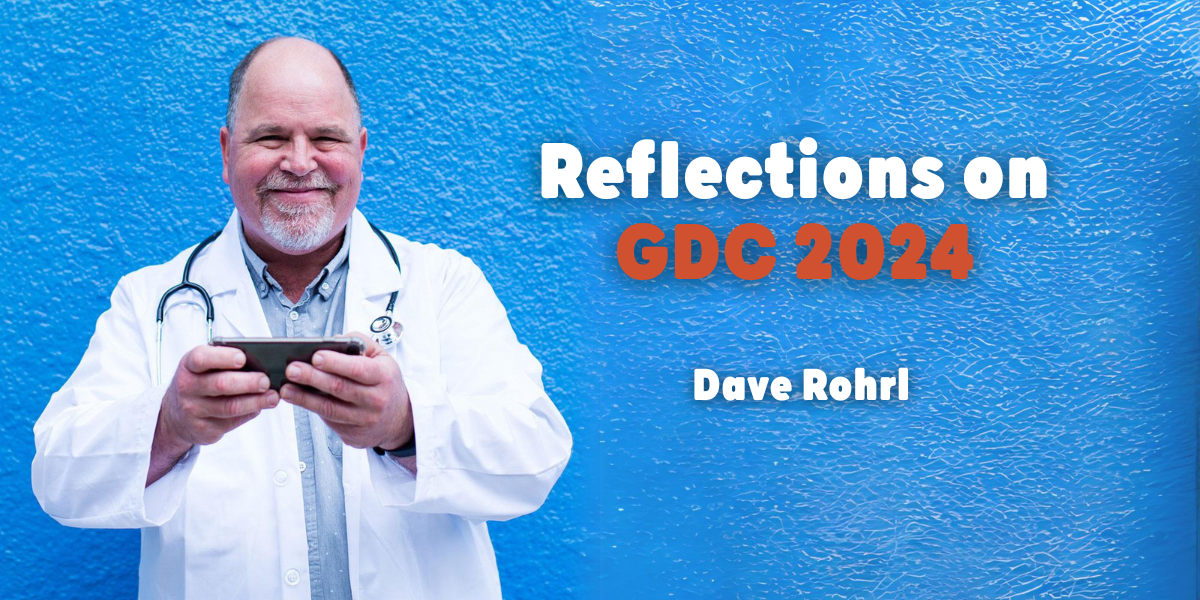
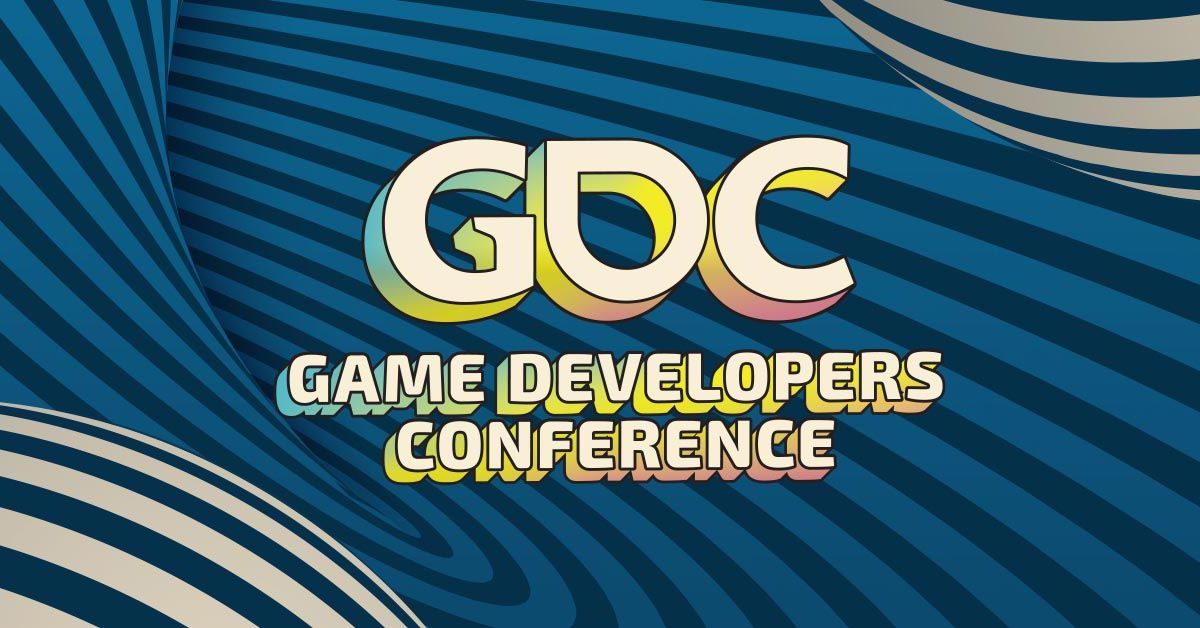
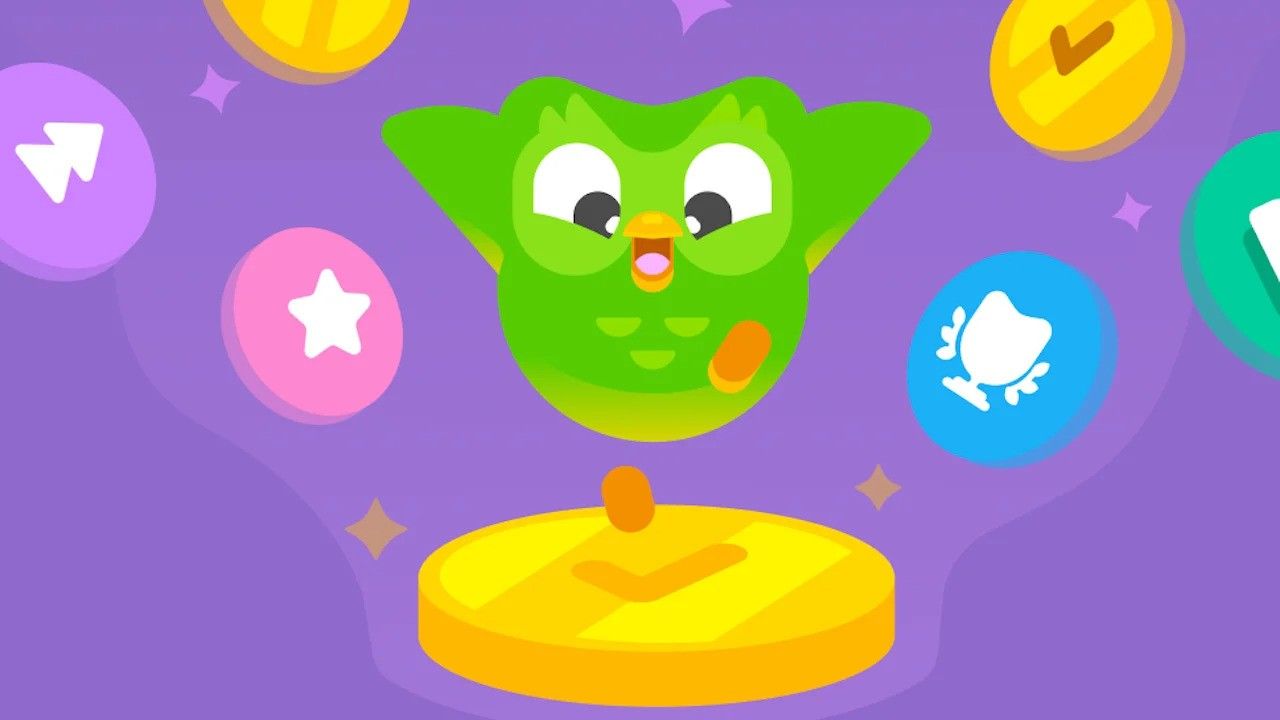
Quick Links
Services
Join Our Newsletter
We will get back to you as soon as possible.
Please try again later.
All Rights Reserved | Mobile Game Doctor | Accessibility | Privacy Policy | Terms & Conditions


